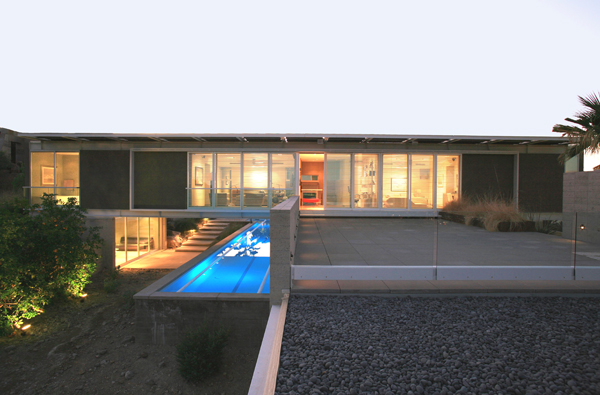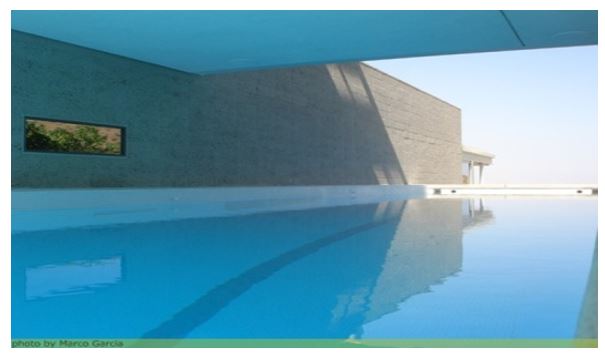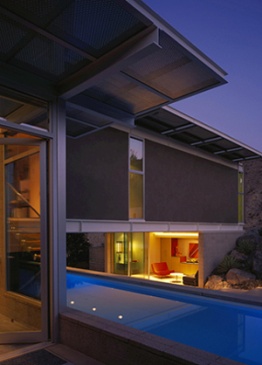Sustainability is a key issue that should be considered at the initial design stages. In architecture, sustainability refers to the use and application of environmentally friendly resources and techniques in the design and construction of buildings. Sometimes, a designer meets challenges in the course of his work but these difficulties can always work out to his advantage. The use of available materials and resources to create unique and attractive pieces of architecture promotes sustainability.
Example
An architect designed a house with carbon neutral footprint and a lap swimming pool. He faced two limitations. These were:
- The size of the land that was to be used for putting up the house was too small and could not fit a lap swimming pool.
- Presence of a steep downward slope as one approaches the house from the entrance walkway.
These two factors could not limit the architect in his design and he used his ingenuity and innovativeness to create a distinctive design. He reused bioproducts that consumed little energy to construct the house (Lewis 10). Moreover, he used the land’s structure to ensure that house overpasses the swimming pool. This ensured that the pool would help in temperature regulation by restraining the heat using passive methods such as earth berming. In this method, snow, water or earth are used to ensure heat loss. This made the houses cool always.
Figures 1, 2 and 3 show the various exterior views of the house. From them, one is able to see the uniqueness of the building in the way the house is built on top of the pool. Furthermore, the pictures show how the surrounding has been integrated by the use of rocks and indigenous plants.



Reference
Lewis, Stephanie. Green Desert Home. 2010. Web.